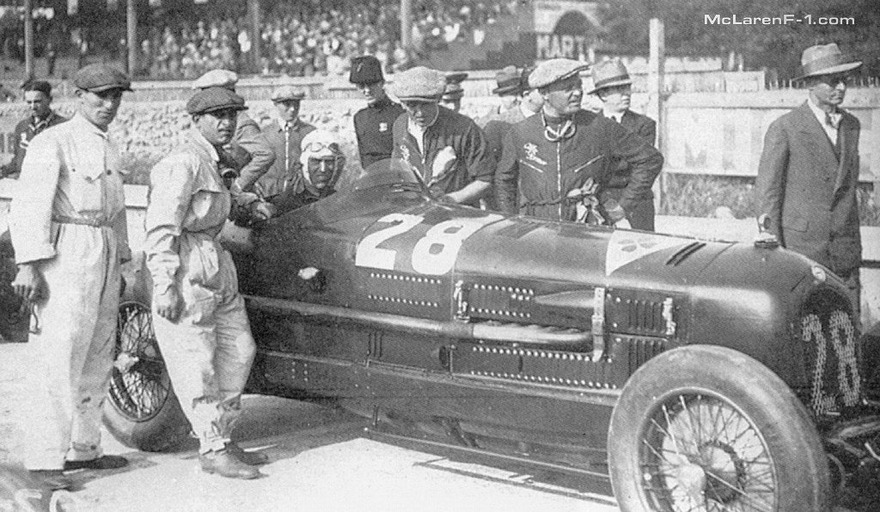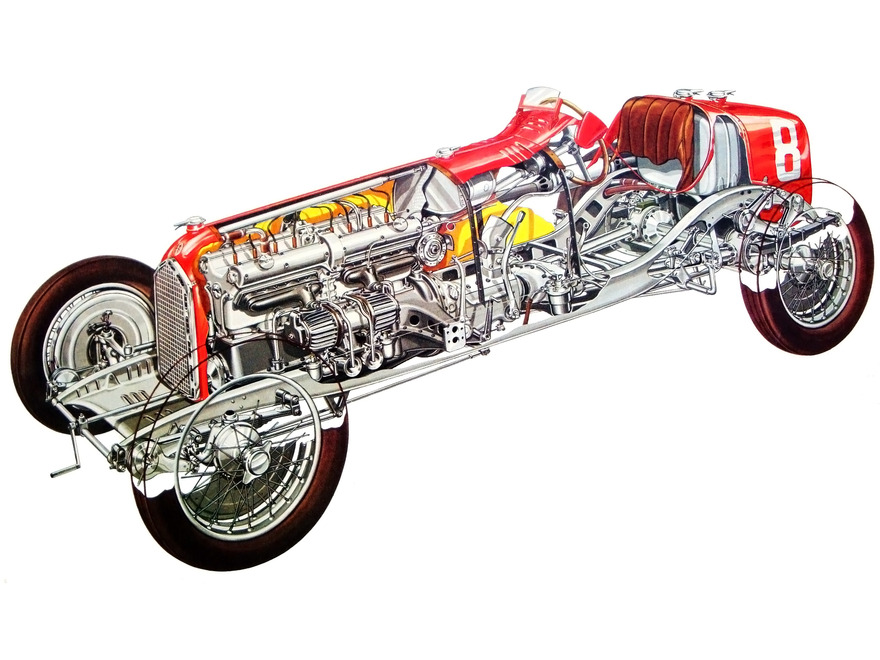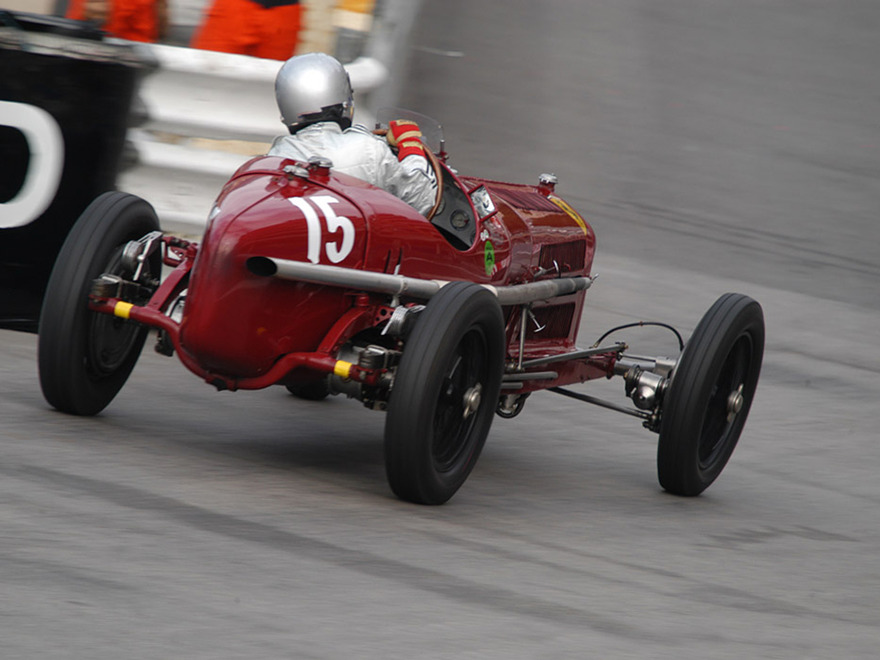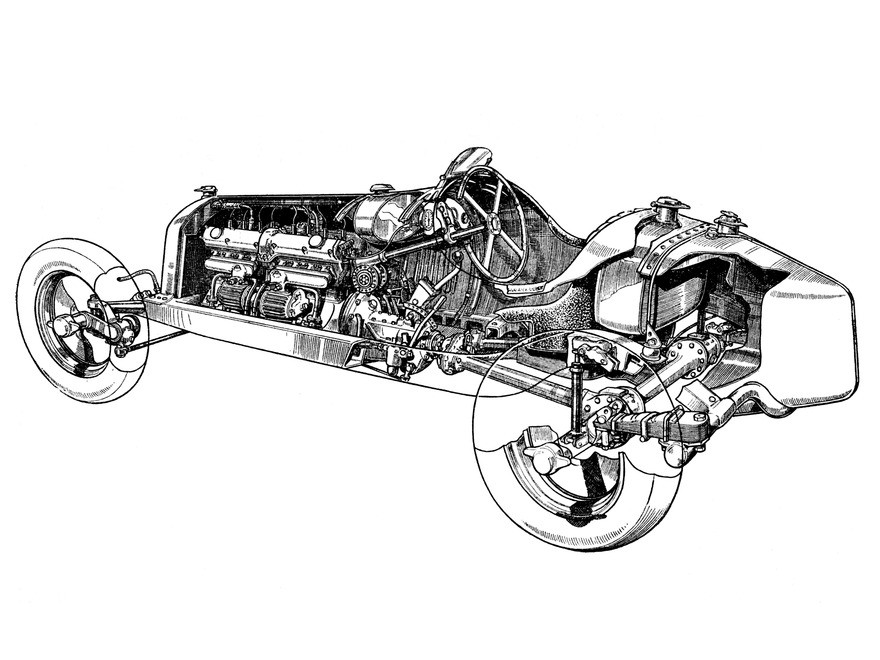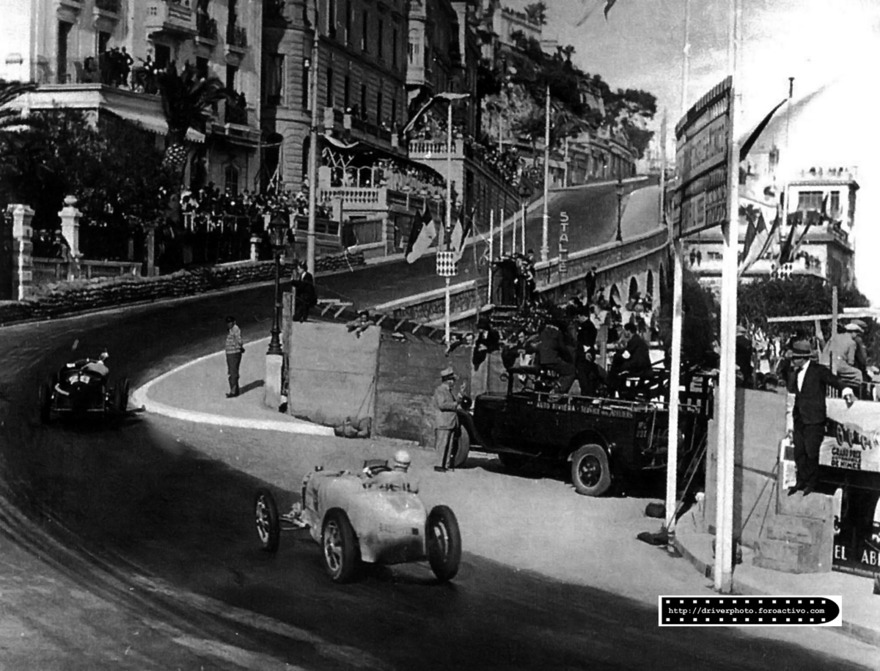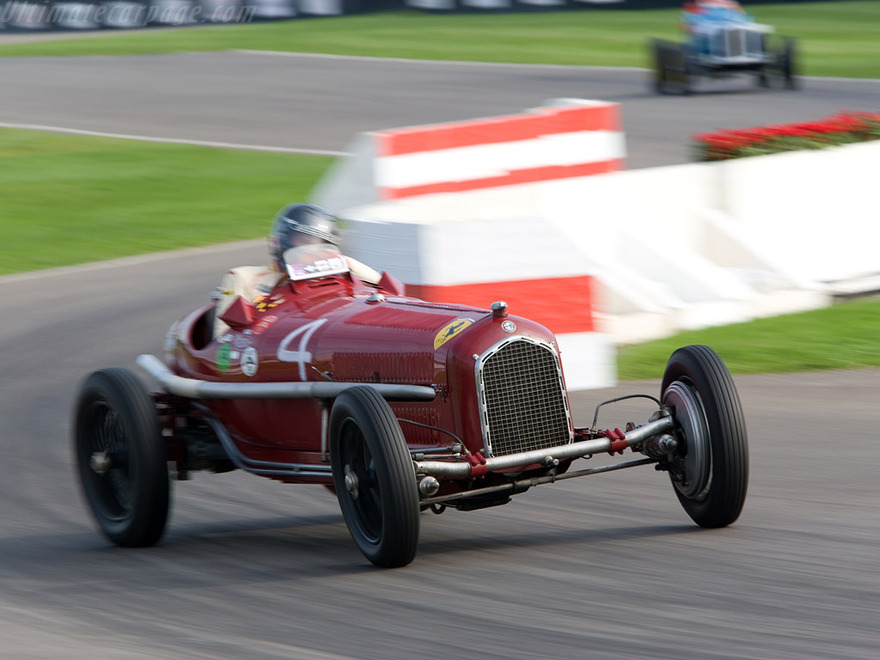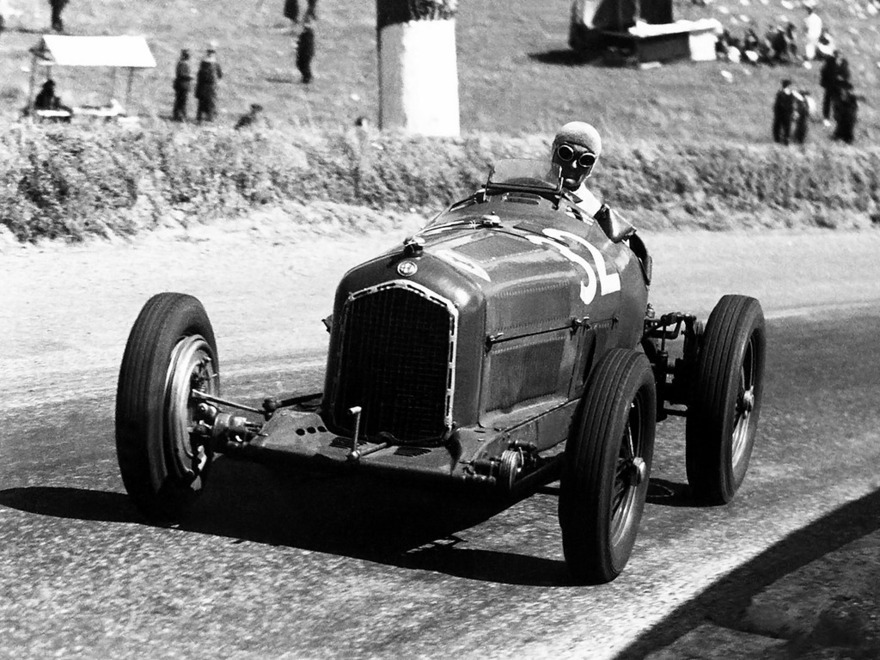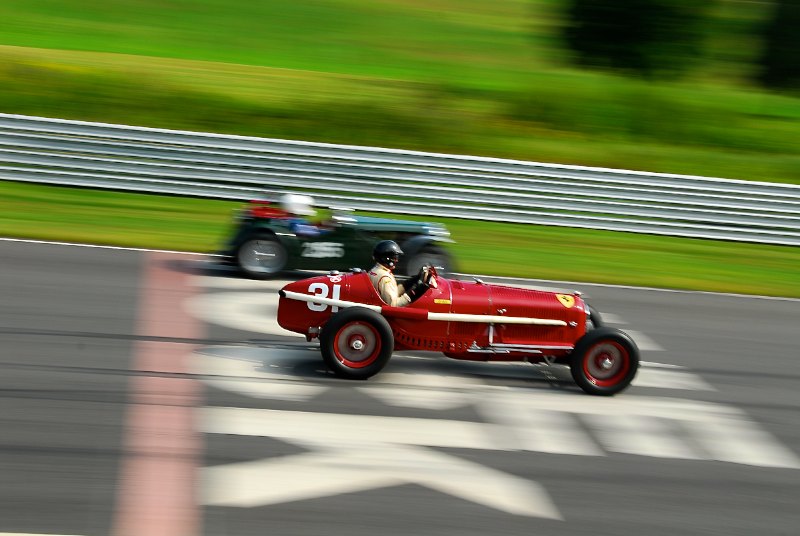Germany. July 1935. Nürburgring. The greatest victory in motorsports history in the beginning of the 20th century. It was then that the German Grand Prix journalists heard the famous words said by Enzo Ferrari, which made the Italians burst with pride and happiness: “I’ve never heard anything like that before. A crowd that had just been ready to roar with delight fell silent all of a sudden. Nuvolari crossed the finish line in complete silence. That was amazing!” This victory has turned the world of motorsports upside down and brought glory and respect to Alfa Romeo. A company that was outperforming its competitors at a pace to be envied. A company that created true winners.
For the period over 2,500 years, Italy has been home to Galileo Galilei, Giovanni Boccaccio, Michelangelo Buonarroti, and Leonardo da Vinci. It has raised and brought up Stradivari and Paganini, Federico Fellini and Adriano Celentano. It has been raising its people and teaching them to be winners since the time of the Roman Empire. In the country where cars get as much admiration as women and good food, the fates of talented and ambitious Enzo Ferrari, Vittorio Jano and the very Tazio Nuvolari, whose name had been closely tied to Alfa Romeo for several decades, entwined together. The impeccable song of Alfa Romeo was flowing as a tone of tradition in the theme tune of racing battles at home of the “great and ingenious”.
It all started with a small deal. Enzo Ferrari made every effort to lure the great designer Vittorio Jano away from Fiat in 1923. Two years later Alfa Romeo clinched victory at the Automobile World Championship. The 8C model became a starting point for the journey of honour and glory.
Even though one of the first race cars built at Alfa Romeo in the beginning of the 1920s was powered by two six-cylinder engines fitted side-by-side, the newly minted designer rejected the Monoposto Tipo A model. Torque was distributed to the rear wheels through two gearboxes and two propeller shafts, making the car more powerful but bringing this power to nought by overweight. According to Vittorio, such a heavy car could not claim victory. Jano got down to work and within the next couple of months he increased the number of cylinders to eight and the engine volume to 1,987 cc, and used an in-house supercharger instead of the previous custom-built one. So, in 1924, the young designer created his first engine, which became the best heart for the Italian pre-war race cars. All other engines made by Jano turned out to be compact and lightweight. One year later an Alfa Romeo car made its debut in the inaugural Motor Racing Championship in 1925 and… Oh, Madonna! … secured its first victory.
That instant success did not go to Vittorio Jano’s head. The designer learnt his lesson after the season, came back to his drawing board and got down to work on improving the heart of his favourite 8C. His goal was to create a car that could travel faster and farther than the distance of one race. Due to the inquiring mind of the young genius and meticulous error-correction, Alfa Romeo was celebrating victories over their European competitors for 10 years in a row.
Everything flows and nothing remains the same... Grand Prix regulations suffered drastic changes. One of them made the presence of a mechanic in a race car not obligatory. Taking into consideration these innovations, Alfa Romeo introduced the world’s first single seat race car — the 1931 Tipo A. The car’s key feature was an eight-cylinder engine built around two four-cylinder blocks, each fed by its own supercharger.
Vittorio Jano reduced the weight of the chassis and improved handling. Removing the second seat made the car considerably slimmer and added it an elegant streamlined shape. Right after rolling off the production line and little time spent on the tracks of Sicily, the 8C Monoposto driven by Tazio Nuvolari won the 1931 Targa Florio. Ever since, the Alfa Romeo race cars and the name of the legendary driver had their fates and hearts entwined…
The Alfa Romeo 8C Monoposto was winning one race after another on native soil of Italy, on the tricky tracks of Germany and France, under the guidance of Enzo Ferrari, under the supervision of Vittorio Jano, in hand of the fastest driver Tazio Nuvolari. For four years in a row, the duet of Tipo A and Nuvolari was constantly proving its superiority in the 24 hours of Le Mans endurance race. For five years, they were topping the sheets in their home Targa Florio race.
The 1920–30s became the breakthrough years for Alfa Romeo in terms of technology and design. Take, for instance, the Alfa Romeo Tipo B, also known as the P3, which is considered to be one of the most beautiful race cars. It is truly unique due to its unusual exterior. Exclusive bodywork was handmade at the renowned Pininfarina tuning studio. There is one more detail worth mentioning. All Alfa Romeo cars built before the World War II always had the steering wheel on the right. Each 8C model deserves a story in its own right. All of them brought fame to the company they had been created by in one way or another. They won recognition from the racing drivers and engaged the hearts of many fans, which justifies the title of supercars worn by many of them.
But the most successful car in the checkered past of the Italian marque was the next car built by Vittorio Jano in the course of his experiments with the 8C. A most singular Alfa Romeo Monoposto Tipo B was giving no peace to German Mercedes and French Delahaye for 3 years. A true racing queen was inspiring delight in fellow countrymen and thrilling competitors from all over Europe. In order to create a legendary supercar ready to win, Vittorio Jano must have been empowered by the support of devil.
Having bowed to the hosts of heaven. And the Italians are truly devout men… Having made a vow to create the world’s fastest car. And the Italians are truly passionate in their vows… Vittorio was building one masterpiece after another. When developing the heart of a future champion, the designer mounted the engine’s intake on the drivers left side and increased the stroke from 88 to 100 mm. Engine capacity was increased to 2,655 cc. Using dual Roots superchargers instead of a single one resulted in nearly 200 horsepower. Differential was shifted behind the three-speed gearbox and delivered power to dual propeller shafts similar to those used in street-legal Alfa Romeo 8C 2300 models. The propeller shafts were designed in a triangular setup on each side of the driver’s seat that was brought down by Jano lowering the gravity centre. It was the most lightweight 8C version. A car weighing just 680 kg — and that is together with the cast iron engine block — was able to sprint to 97 km/h in a whipping 7 seconds. After thorough upgrades, the 8C engine could accelerate to a then-record-setting speed of 217 km/h.
The Alfa Romeo Tipo B made its victorious debut on June 5, 1932 at the Italian Grand Prix at Monza. With Tazio Nuvolari and Rudolfо Caracciola behind the wheel, the Italian company was dominating throughout the entire season, also winning the French and German Grand Prix. Impressive, isn’t it? In addition to great technical specifications, Alfa Romeo secured leadership in Mille Miglia race from 1932 to 1938. Seven victories in a row in endurance races held on public roads. Isn’t this result worthy of a queen?!
Unfortunately, hard times were around the corner. Necessary financial expenses made Alfa Romeo miss 25 races in 1933. In spite of this crisis situation, Alfa Romeo were rejoicing even single victories. For instance, Louis Chiron won the French Grand Prix at Montlhery. And even though the German Silver Arrows took home awards in four European Championships, the next season the racing queen was celebrating victories in 18 out of 35 races.
In this period of victories, defeats, and victories again, Vittorio Jano was engaged in a constant effort to create a masterpiece. He only had to apply the finishing touch to the drawing of an engine capable of leaving all those arrogant Mercedes and Auto Union cars behind. Another setback to his ambition was the introduction of new requirements for the body of a race car put in starting from 1934. A genius constrained by new rules decided to decrease the engine capacity to 2.9L as a counter to the regulations. And that was when a 3.8-litre engine was almost ready to accelerate the Alfa Romeo P3 to jaw-dropping speeds.
The lightweight and cross functional Alfa Romeo 8C Tipo B brought much joy and happiness to its creators and fans throughout the entire 1935 season. Sixteen awards out of 39 possible! The P3 model called time on its brilliant career with a striking victory won by Tazio Nuvolari at the Nürburgring. Vittorio Jano had developed a 3.2-litre engine for that Grand Prix. And the fortune favoured him.
That was the last start and finish made by the Alfa Romeo Tipo B in the homeland of Mercedes and Auto Union. Italians composed legends about that victory and pass them on from generation to generation, while the Germans still want to relegate it to the past.
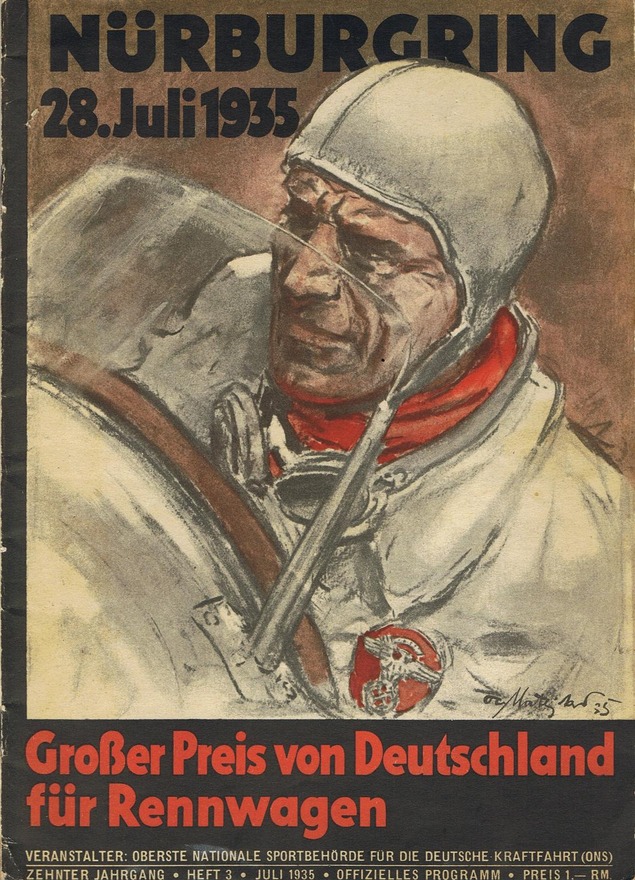
The German driver had a short triumph. A rear tyre of his Mercedes W25 burst after hitting a stone. He lost the lead. The astonished crowd of fans gaping with open mouths was watching the triumph of the guest from Italy. It was then that Enzo Ferrari proudly said: “I’ve never heard anything like that before. A crowd that had just been ready to roar with delight fell silent all of a sudden. Nuvolari crossed the finish line in complete silence. That was amazing!” The Alfa Romeo P3 truly deserves its place in history as one of the best pre-war race cars.
Meanwhile, Vittorio Jano had already had the germ of another idea on how to gain future victories. All his life in the 1930s was devoted to engines and cars, which could have head-to-head rivalry with the German Silver Arrows from Mercedes, Auto Union and newly minted competitors from BMW. Italians got used to clinching victories since the time of the Roman Empire. Nothing else could sweep a provident man from Milan off his feet, making his heart beat faster. Nothing else could steal its way into the minds of Sicilian mafia, sending even the hard-boiled cynics into raptures. To catch one’s breath, to interrupt dinner, to leave a passionate lover… Just to hear the dear sound. The sound of engine of a true champion.

